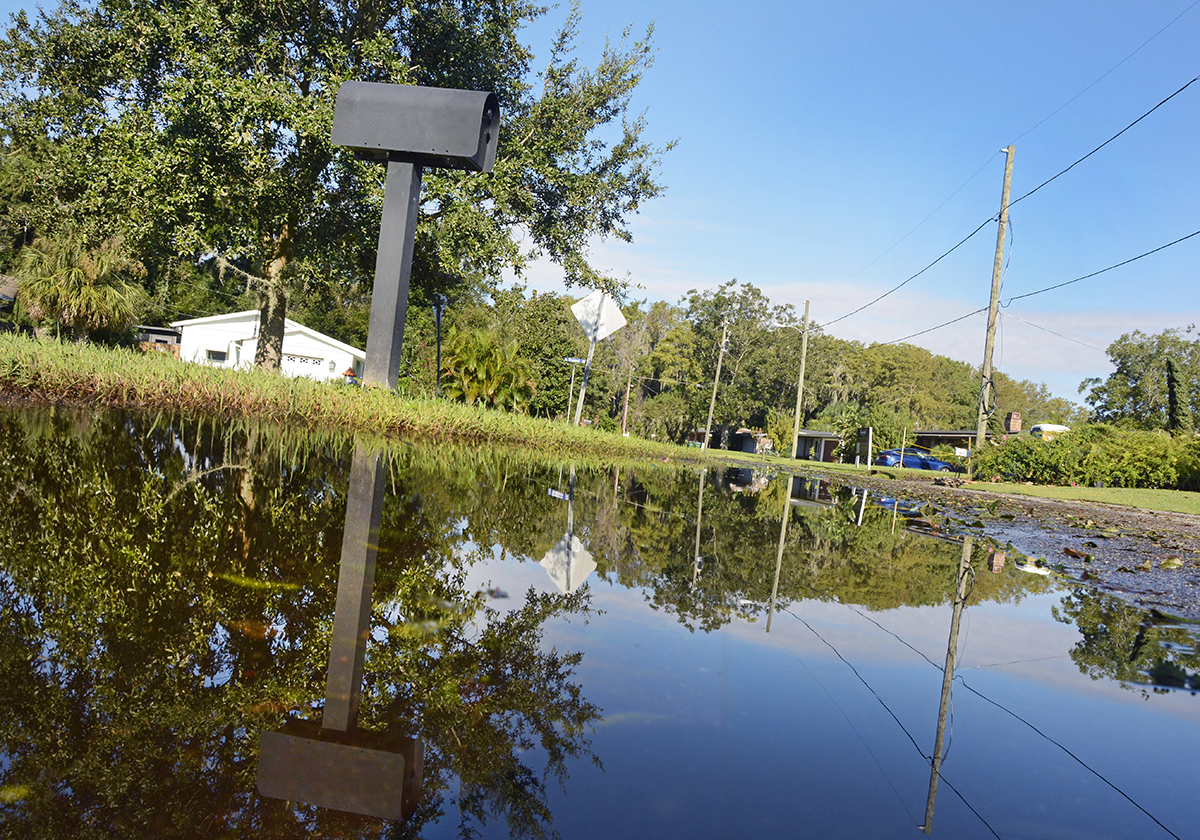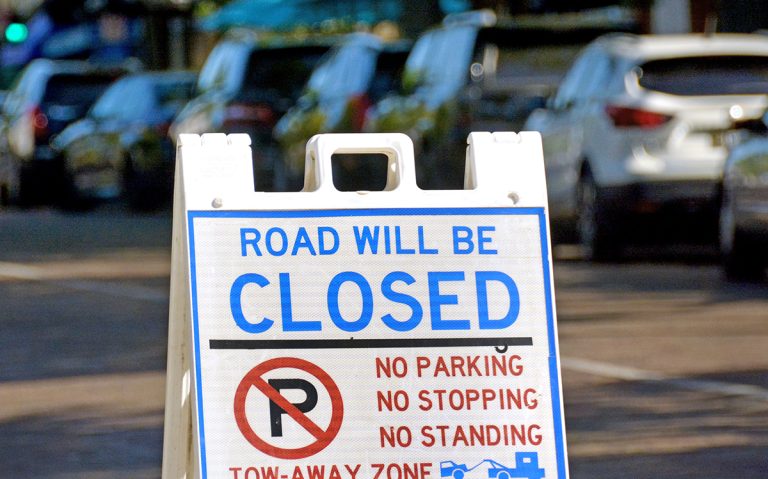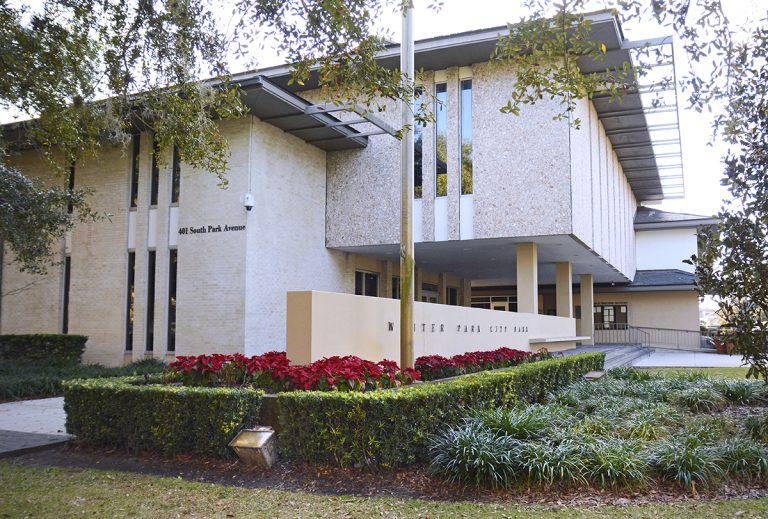As many Floridians continue to deal with the fallout from Hurricane Ian, the clock is ticking toward the start of the 2023 hurricane season. The six-month stretch begins in June with forecasters predicting 14-18 named storms, 7-9 hurricanes and 2-4 major hurricanes.
Ian was considered a once in a lifetime weather event with Winter Park receiving more than 18 inches of rain. And while the odds don’t favor a repeat of that deluge this season, there is a need to address the problems that were revealed by the flooding.
City of Winter Park Communications Manager Clarissa Howard, with input from city divisions staff, responded to questions from the32789 on the current state of infrastructure improvements and storm planning that is under way, and under consideration.
What new steps are being taken to reduce lake flooding? The Lakes and Stormwater Divisions have been collaborating on a means to guide the management of lake levels prior to major hurricanes. This plan also includes future studies and Capital Improvement Plan (CIP) considerations to reinforce the city’s preventative measures 365 days a year, not just during hurricane season. The first draft of this lake level lowering plan has been created and the city awaits feedback from the Lakes & Waterways Advisory Board for revisions to the draft.
Are there plans to deepen retention ponds? The plan for future studies and CIP considerations to reinforce the city’s flood preventative measures will determine if and where additional pond storage volumes should be increased. Increasing pond storage volumes will typically require horizontal pond widening to increase their footprint. The city will attempt to pursue this strategy as long as there is available property, and no adverse impacts to the built environment or critical natural resources.
What is being done to improve stormwater management on streets and roadways? The Stormwater Division is currently developing a comprehensive plan to investigate its aging storm sewer infrastructure. This plan will allow the city to prioritize upgrades to improve drainage on streets by increasing the capture and conveyance capacity of the existing storm sewer system via additional road inlets and larger piping infrastructure.
What can be done to prevent lift stations and sewers from failing? Our Water & Wastewater Utility Department has used the unfortunate 500-year storm as a stress test of our infrastructure. This information was used to prioritize improvements needed immediately and moving forward. Some of the improvements planned are sewer lining areas that have been identified as having high infiltration and inflow, replacement of certain lift station pumps and or force mains, purchase and or replacement of portable generators, and analysis of collection system flows and possible redirection to areas with excess capacity. Lastly, we are collaborating with other city departments on the purchase of a small maneuverable machine that can be used to disinfect and clean up areas that experienced wastewater overflows.
Are there any ways to expedite the removal of storm debris from residential neighborhoods? This past storm season was unique in many ways, but the demand for debris removal assistance in the hardest hit area of the state (Southwest Florida) impacted our removal process. For future storm debris removal, the city will continue to work with its current large debris removal contractor and Waste Pro. The city will also look for an emergency east side debris site, modify the street sweeping contract to get additional aid post storm, and consider the purchase of supplemental debris removal equipment.



